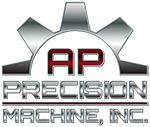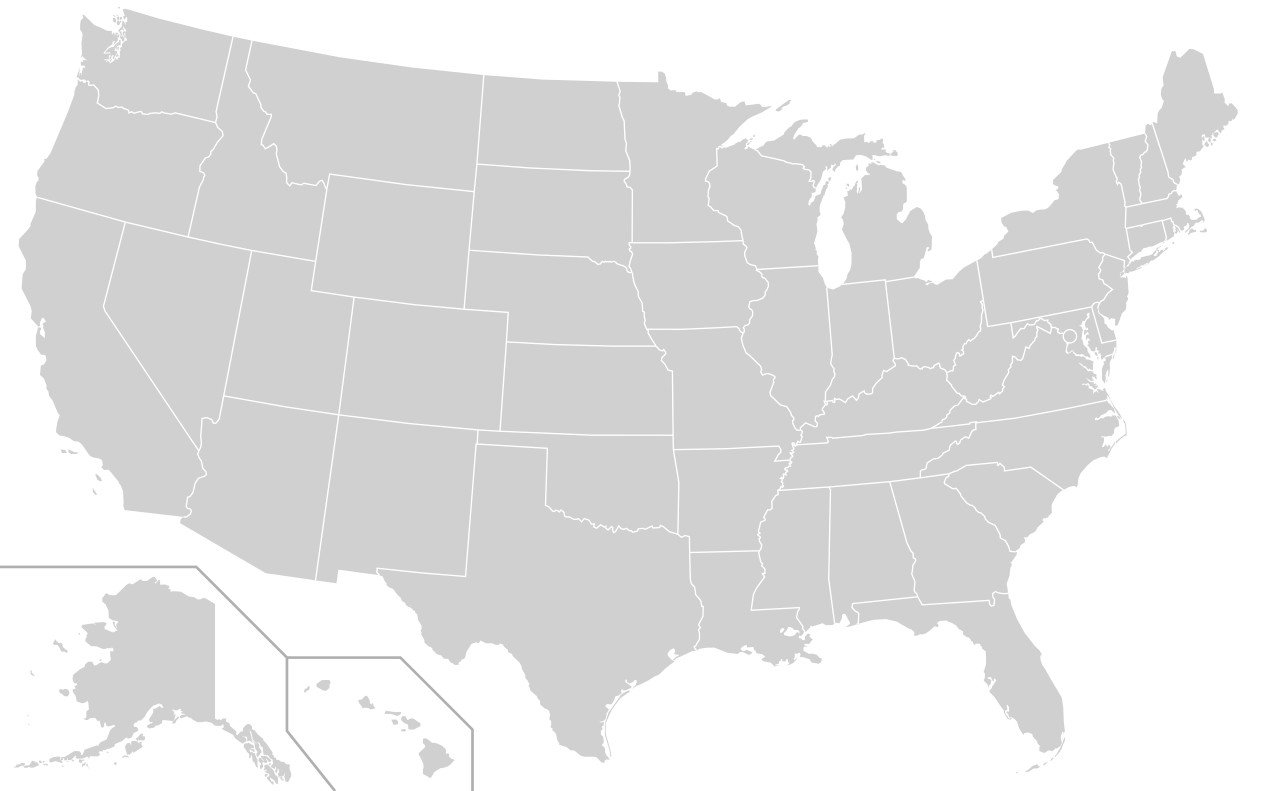If you are an engineer responsible for developing industrial projects, you know that the success of manufacturing a custom part largely depends on the quality and clarity of the technical drawing sent for machining. A well-prepared technical drawing not only speeds up the production process but also prevents errors, rework, and delays that directly impact cost and final delivery.
In this post, we have gathered essential tips to help you prepare precise and effective technical drawings, ensuring your part is manufactured exactly according to your project’s requirements.
- Understand the Role of the Technical Drawing in Manufacturing
Technical drawing is the universal language among engineers, designers, and manufacturers. It must contain all the necessary information so the part can be produced without doubts or misinterpretations.
This includes dimensions, tolerances, materials, finishes, and any special specifications. The more complete and clear your drawing is, the lower the risk of manufacturing issues. - Use a Recognized Standard for Drawing Preparation
Adopt recognized technical standards, such as ASME Y14.5 (American standard for dimensioning and geometric tolerancing) or ISO 128/129, to ensure the manufacturer clearly understands the information.
Correctly specifying dimensional and geometric tolerances prevents parts from being rejected or needing adjustments after production. - Include All Necessary Views
The drawing should show all essential views to describe the part: front, top, side, and, if necessary, sections and enlarged details.
Do not leave anything to the manufacturer’s interpretation. For example, a hole may seem simple, but details such as depth, type of hole (through or blind), internal finish, and tolerance are crucial. - Clearly Define Dimensions and Tolerances
Indicate all critical dimensions with their specific tolerances. Remember: tight tolerances increase manufacturing cost and time, so specify them only where truly necessary.
Use standard symbols and annotations to facilitate reading and understanding. For example, use symbols to indicate surface finish or special treatments. - Specify the Material of the Part
State the type of material to be used, as this directly affects machining processes, tools to be used, and final finish.
Different materials have distinct machining characteristics, and the manufacturer needs to be aware to properly prepare production. - Include Information on Treatments and Finishes
If the part requires heat treatments, coatings, anodizing, painting, or other finishes, detail this in the drawing.
These processes affect manufacturing time and cost, so it is essential to make everything clear from the start. - Provide Digital Files in the Correct Format
Besides the paper drawing, send digital files in the formats requested by the manufacturer, usually CAD (such as DWG, DXF) or high-quality vector PDF.
Avoid sending low-resolution images or hand-drawn sketches, as these make reading difficult and can cause errors. - Review and Validate Your Drawing Before Sending
Never underestimate the power of careful review. Check all dimensions, symbols, specifications, and notes. If possible, ask a colleague to review it as well.
Drawing errors are the main cause of production problems, causing wasted time and resources. - Maintain Direct Communication with the Manufacturer
Keep an open communication channel with the company that will manufacture the part. If possible, send the drawing along with a project description and be available to clarify doubts.
A good partnership between engineer and manufacturer is essential to ensure project success.
Conclusion
Preparing a clear, detailed technical drawing according to standards is fundamental to ensuring the part’s manufacturing happens without surprises, delays, or rework. This care makes all the difference in the final quality and efficiency of your project.
If you are looking for a company that understands the importance of this process and works side by side with engineers to turn their drawings into precise, high-quality parts, AP Precision Machine is ready to assist you.
Click below and contact us now!


